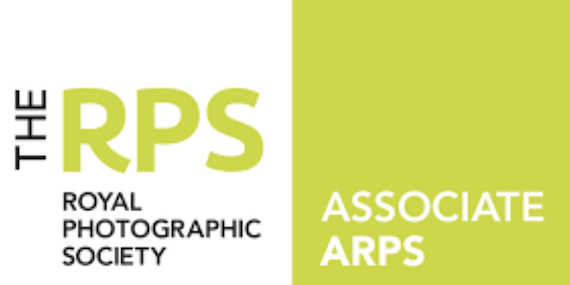Burtynsky's most famous photographs [according to whom?] are sweeping views of landscapes altered by industry: mine tailings, quarries, scrap piles. The grand, awe-inspiring beauty[peacock term] of his images is often in tension with the compromised environments they depict. He has made several excursions to China to photograph that country's industrial emergence, and construction of one of the world's largest engineering projects, the Three Gorges Dam.
His early influences include Ansel Adams, Edward Weston, Eadweard Muybridge, and Carleton Watkins, whose prints he saw at the Metropolitan Museum of Art in the early 1980s.
Most of Burtynsky's exhibited photography (pre-2007) was taken with a large format, field camera, on large 4×5-inch sheet film and developed into high-resolution, large-dimension prints of various sizes and editions ranging from 18 × 22 inches to 60 × 80 inches. He often positions himself at high-vantage points over the landscape using elevated platforms, the natural topography, and more currently drones, helicopters, and fixed-wing aircraft. Burtynsky describes the act of taking a photograph in terms of "The Contemplated Moment", evoking and in contrast to, "The Decisive Moment" of Henri Cartier-Bresson. He currently uses a high-resolution digital medium format camera.
His early influences include Ansel Adams, Edward Weston, Eadweard Muybridge, and Carleton Watkins, whose prints he saw at the Metropolitan Museum of Art in the early 1980s.
Most of Burtynsky's exhibited photography (pre-2007) was taken with a large format, field camera, on large 4×5-inch sheet film and developed into high-resolution, large-dimension prints of various sizes and editions ranging from 18 × 22 inches to 60 × 80 inches. He often positions himself at high-vantage points over the landscape using elevated platforms, the natural topography, and more currently drones, helicopters, and fixed-wing aircraft. Burtynsky describes the act of taking a photograph in terms of "The Contemplated Moment", evoking and in contrast to, "The Decisive Moment" of Henri Cartier-Bresson. He currently uses a high-resolution digital medium format camera.
